
It’s not often that I find myself agreeing with Joe Brolly but his article in last Sundays Independent proved to be an exception (see here). Brolly was writing about the GAA’s proposal to create a new ‘B’ Gaelic football championship, comprising teams that are in Division 4 at the conclusion of the National Football League. These teams can play in their provincial championship but will not be allowed into the football qualifiers with the ‘B’ championship instead provided them with an opportunity to play for some silverware.
For those of you who know the GAA, this proposal will bring back memories of the Tommy Murphy Cup that ran for a number of years in the 2000’s but was ultimately scrapped. Brolly recalls the Tommy Murphy Cup in his article, but not fondly, giving a number of reasons why the competition ultimately failed. So if it failed then why would it work now? It doesn’t take a genius to work out the merits of this argument.
Instead of the ‘B’ championship/Tommy Murphy Cup, Brolly favours a two-tier Gaelic football championship system with 16 teams competing in the Sam Maguire and 16 in the second tier. Most information on the proposal is given in the article but essentially, the ranking of teams (from 1 to 32) would be determined by finishing position in the national football league and finishing position in the provincial football championships. Importantly the winner of the second tier competition would automatically compete in the top tier competition in the following year. The 16 teams in both tiers would play on a knock-out basis for their respective ‘All-Irelands’.
| I also like this proposal mainly because its follows a similar format to a number of other successful competitions in other sports. For example, the two-tier format proposed is very similar to the format of the current European rugby competitions, with the champion’s cup as the top tier competition and the challenge cup as the second tier competition. Even the proposed qualification routes for the Gaelic football teams are somewhat similarly structured to the European rugby competitions. |
The GAA should scrap their proposal for a ‘B’ Gaelic football championship and go with the two-tier championship system which Brolly outlines. Creating a perception where one is not a secondary competition is key to the success of such a proposal however with the European rugby competitions as a model that could be followed.
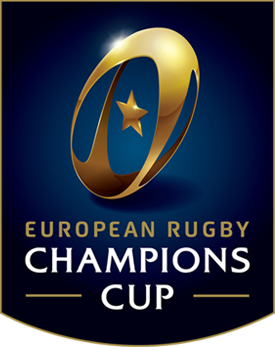
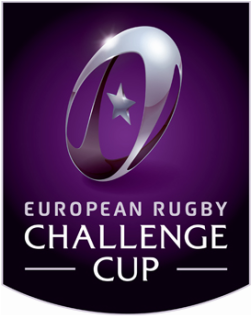
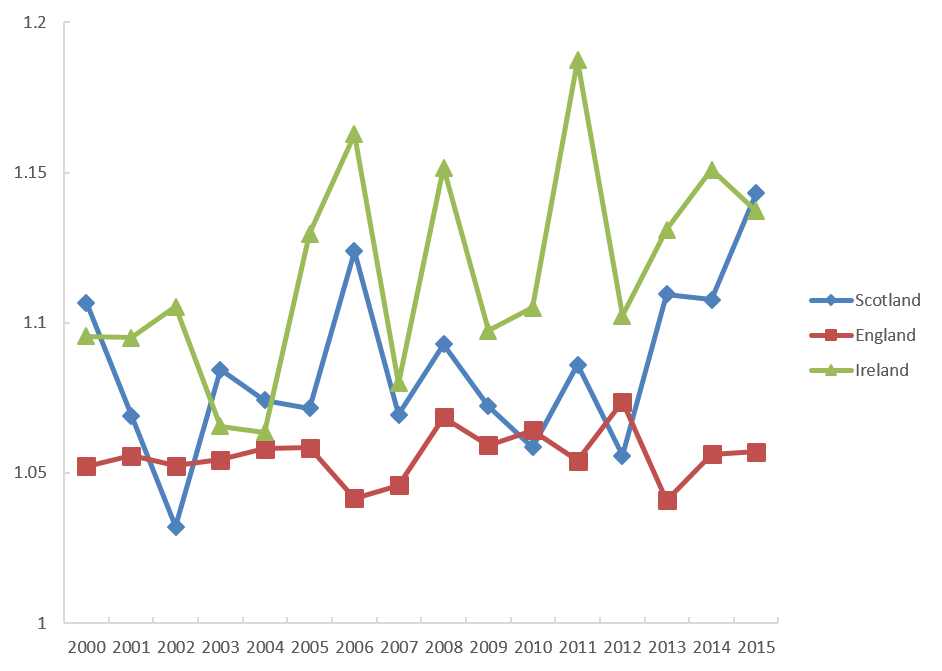
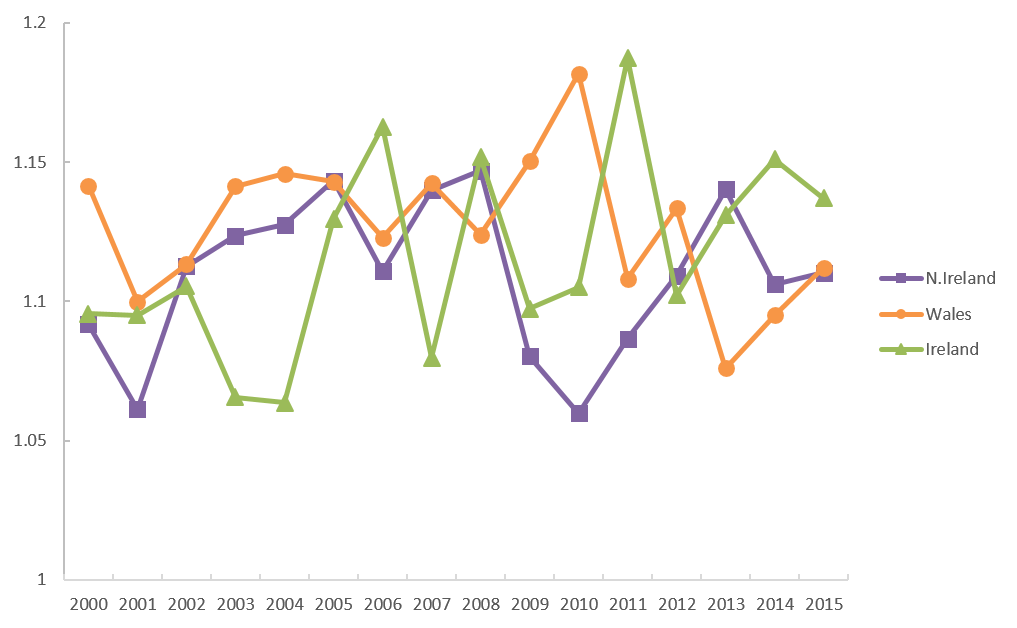
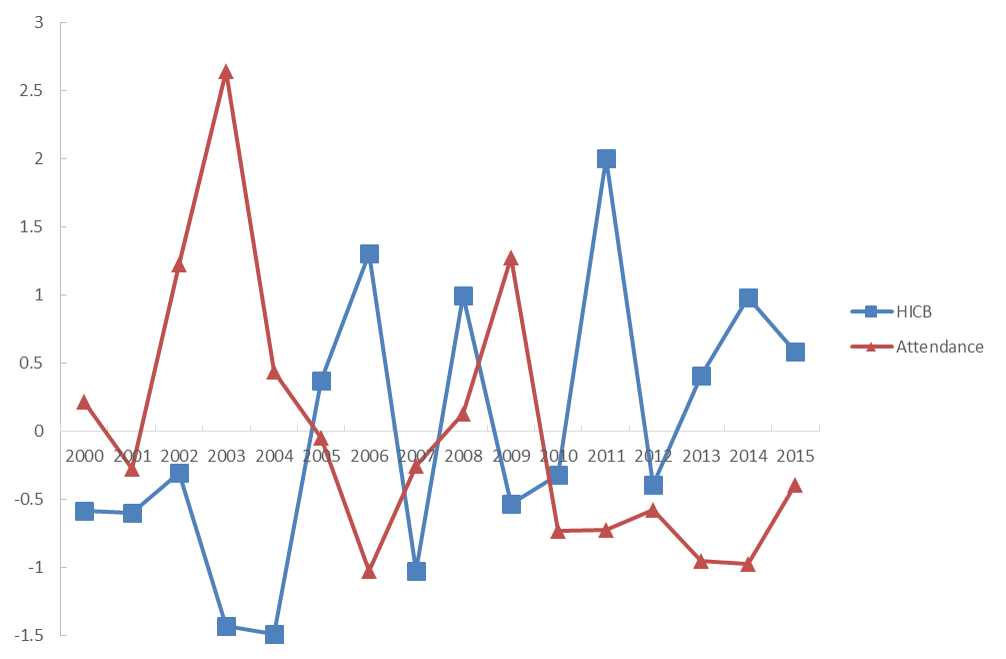
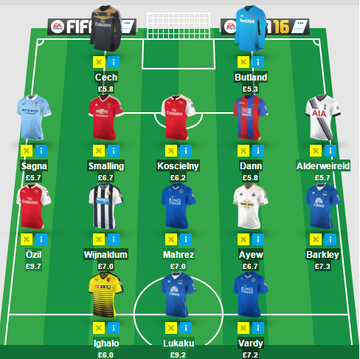
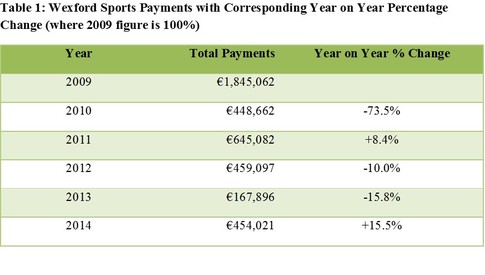
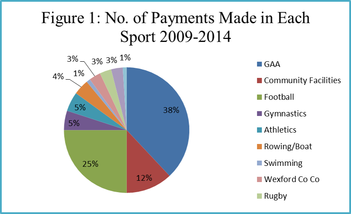
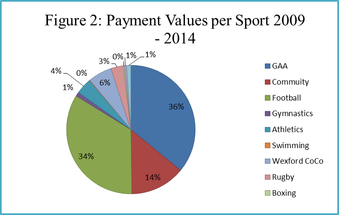
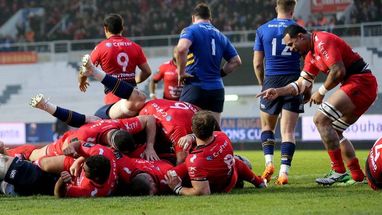
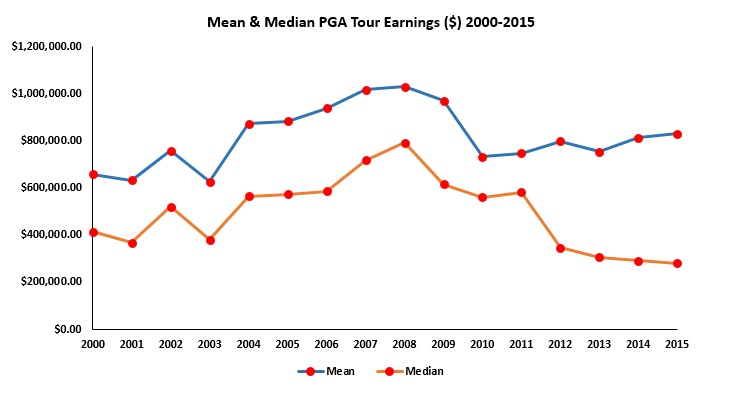

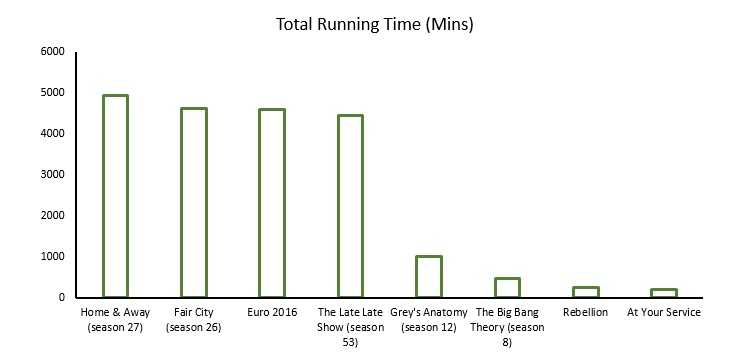
 RSS Feed
RSS Feed